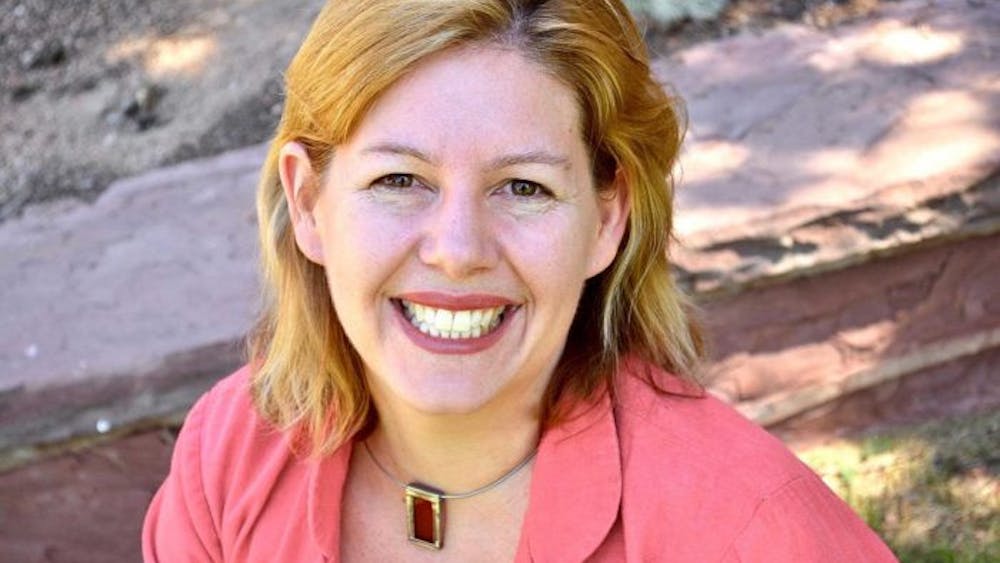If you were to take a tour of my headspace, you’d probably get lost in the vast collection of pop culture references, meticulously organized to describe the effects of hopeless romanticism and sporadic solipsism on my otherwise pleasant life. At the end of the tour, you’d wonder why I would spend so much time thinking about somber music, films and books — thus subjecting myself to a permanent state of mental chaos. You’d eventually reach the conclusion that I am, in fact, one taco short of a combination platter.
And you’d be right. I’ve taken the whole “sad boy” thing a little too far — so far, in fact, that my friends now rank the objective sadness of music and films on a scale of “1 to Mike Donovan.” That said, I stand by my devotion to sad art, and I’d even argue that artistic depictions of sadness, in moderation, are necessary — especially for those who don’t consider themselves to be sad people.
This is because sad art works like vaccine. It packages melancholy themes like failure, heartbreak and death in innocuous packages, which we can then consume risk free. When we consume these small dosages of despair, our emotional mechanisms practice dealing with dark ideas and develop the tools needed to cope wth them. We undergo this emotional development in preparation for the inevitable time when we will actively experience a traumatic event on the scale for something we hear, read or see in art.
Of course, this logic has its drawbacks. “This is how I spend my life up / Singing old songs / What if I waste my life up,” Evan Stephen Halls ponders on the song “Problems” — drawing attention to artistic medicine’s dangerous undertow. Melancholy art attracts us with the promise of risk-free empathy, and thus discourages us from making empathetic connections in the real world where the possibility of risk, as well as the promise of reward, is much greater.
Rob Fleming, Nick Hornby’s protagonist in “High Fidelity,” exposes another problem with medicinal sadness when he questions, “Did I listen to the music because I was miserable? Or was I miserable because I listened to the music?” If we place too much faith in sad art as method of emotional preparation, we will be prone to anticipate all the bad things that might to happen to us. Eventually, the art that begins as a means of emotional preparation turns into a highly pessimistic worldview.
It is important not to read these adverse effects of sad art as a reasons to discount its value, but rather as arguments for moderation. Like any medication, the consumption of sadness requires both a proper dosage and supplementary inputs from across the emotional spectrum. Reality, after all, is an unpredictable and emotionally diverse place. We need an equally diverse collection of mental coping mechanisms to make our way in it.













